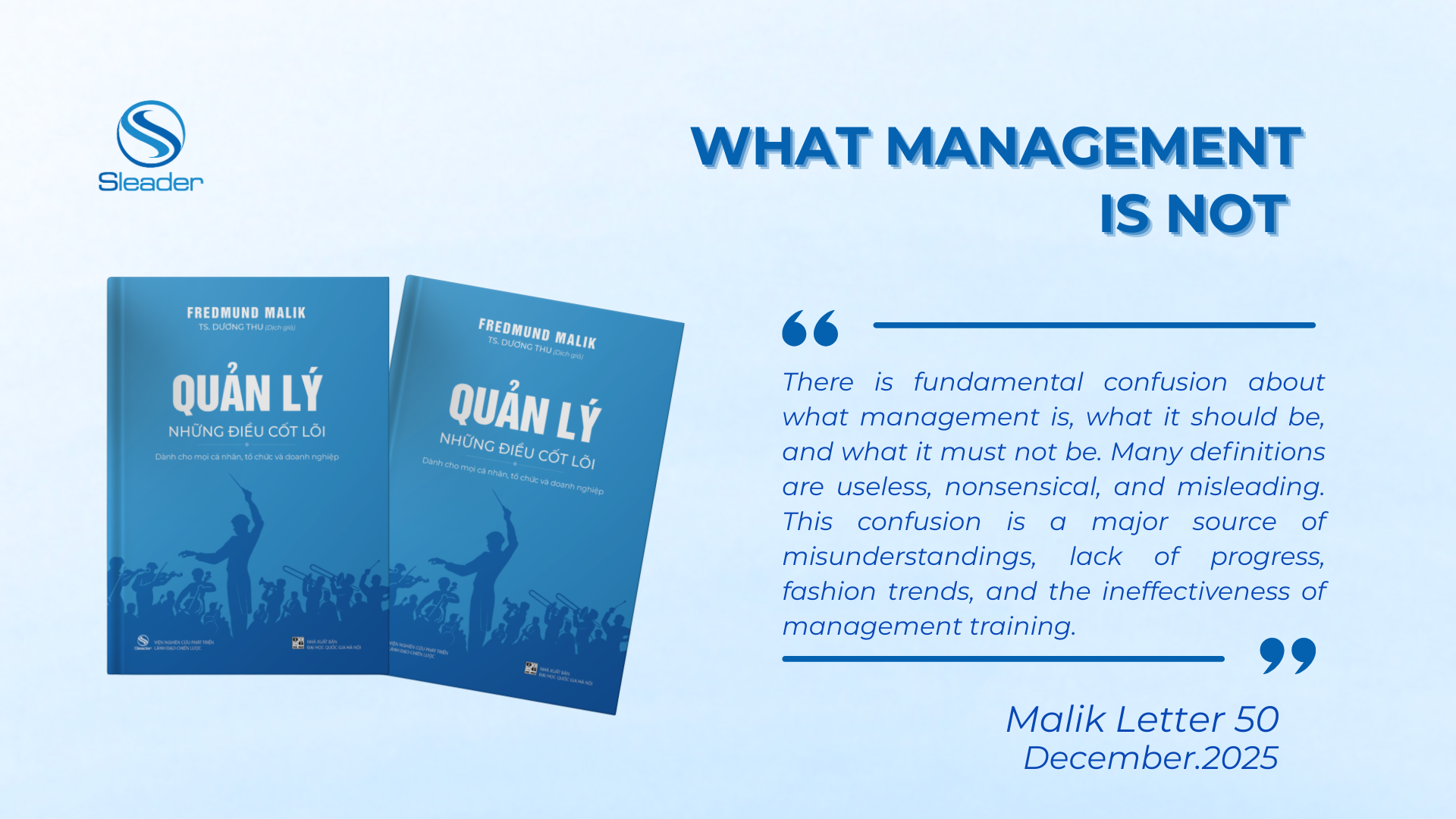
Why do organizations fail to execute strategy?
Choosing a right strategy is only a good start, organizations need to continue to execute the strategy correctly so as to ensure success. Unfortunately, in practice, not many organizations are able to do so.
Strategy involves big changes, so this challenges the stability of any organization due to the fact that human nature is generally averse to change. So, no matter how inspiring the vision is, or how amazing the products or technological innovations are, there are countless roadblocks to implementation. Therefore, most failures are due to a lack of awareness of barriers and their origin.
There are many reasons why strategy implementation fails, including:
The strategy is too ambitious
Managers don\’t know where to start. Goals and initiatives have been added up too much in the strategic planning since the leadership team did not make tough decisions to omit less important and less on-target actions. The connotation of the term strategy itself means to take away.
Unrealistic goals
Although strategic goals must be challenging and can cover all activities of the organization, they must still be realistic. If members feel that the goal is not achievable, they will not strike to achieve it.
Lack of leadership ability
The lack of leadership ability manifests itself on many levels. Leadership ability requires all managers, not only to understand their responsibilities and authority in strategy implementation, but also to act as a human resource manager.
Focus too much on structural changes
Many organizations rely too heavily on structural change to execute their strategy. Meanwhile, structural change is only part of the requirement for successful strategy implementation.
Responsibility is not clearly clarified
If the members of the organization are not clear about their roles and responsibilities in implementing the strategy or are not held accountable for their work, failure is inevitable. A clearly clarified responsibility helps drive changes and produce real results.
Lack of empowerment
Responsibility must be coupled with the eqivalent authority to achieve the desired results. Empowerment also requires the necessary tools and resources to achieve strategic goals.
Lack of communication
Communication helps keep information clear. If a plan is not communicated well to employees, they will not understand their role or contribution to achieving the strategic goals of the organization.
Get caught up in daily work
Managers often get caught up in day-to-day operational problems and can lose sight of long-term goals. Hence, they will be put way too much effort on the day-to-day work but not focus on the implementation of the strategy unless it is desparately asked for their concern.
Lack of clarity in action
The actions required to implement the strategy are not specified or clearly defined.
Inadequate supervision
Without monitoring, the manager cannot assess whether the strategy is being executed properly and reaching toward the destination or not. Without clear information about how and why the efficiency is declining, it is almost impossible to take appropriate corrective action.
No progress report
If there\’s no method to track progress of the work, or there is only a plan to only measure what\’s easy but not what\’s important, no one will feel any urge to move forward.
Lack of adjustment
Most organizations are not able to adjust their actions in time during the process of executing the strategy. This can lead to organizational freezes, impediments in corporate culture formation and working procedures that don\’t support strategy execution.
In short, to successfully implement a strategy, a business/organizational leader must be able to:
- Define your strategy clearly
- Arrange and restructure the organization according to the chosen strategy
- Communicate the strategy to all relevant employees
- Monitor and ensure timely execution of the strategy
While there are many barriers to fulfil the mission of exxecuting the strategy successfully, these barriers can still be overcome using a step-by-step approach to the strategic management. Competitive advantages will be achieved only when both planning and execution have been done well.
Collected and synthesized by the Institute for Strategic Leadership Development









